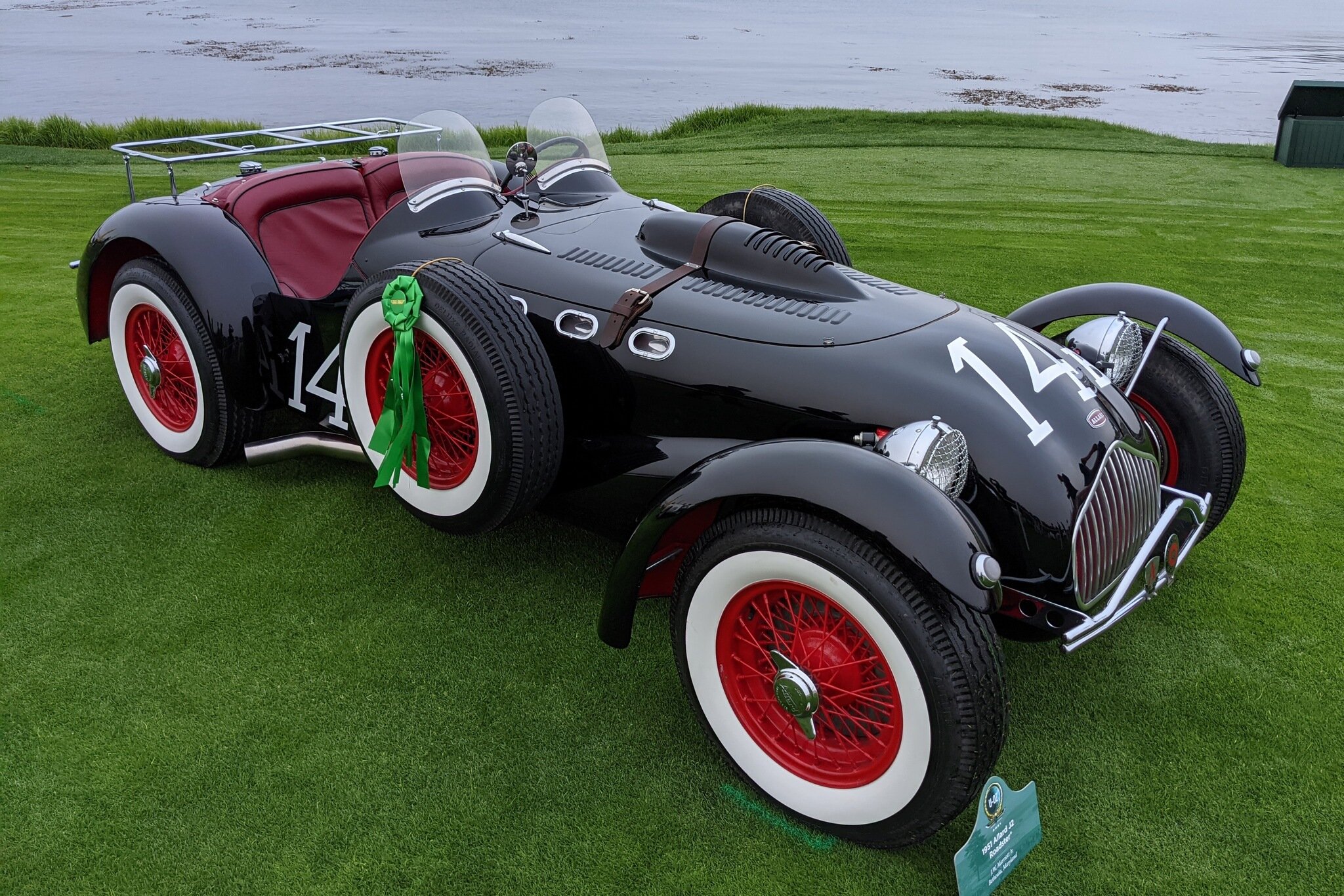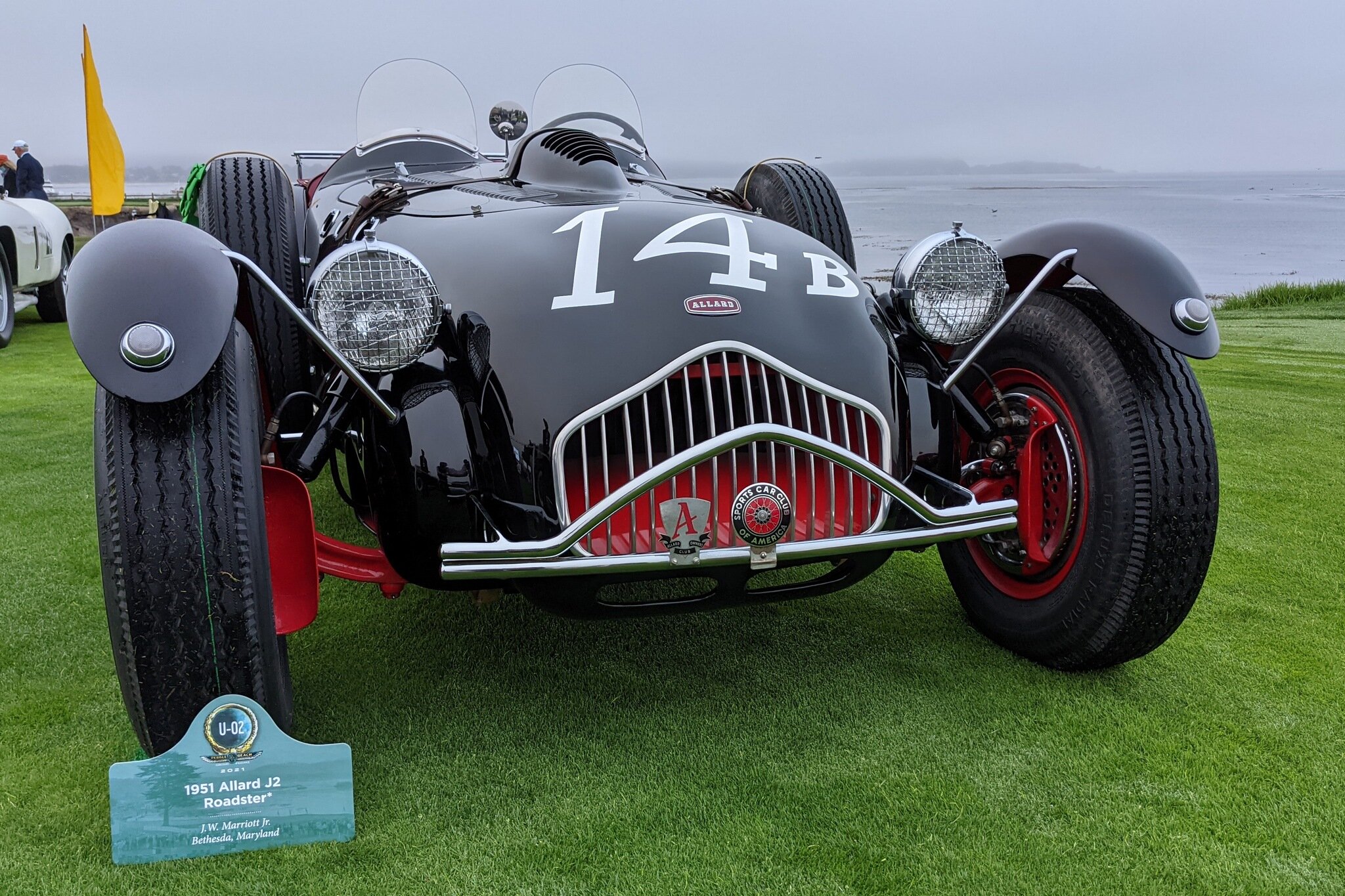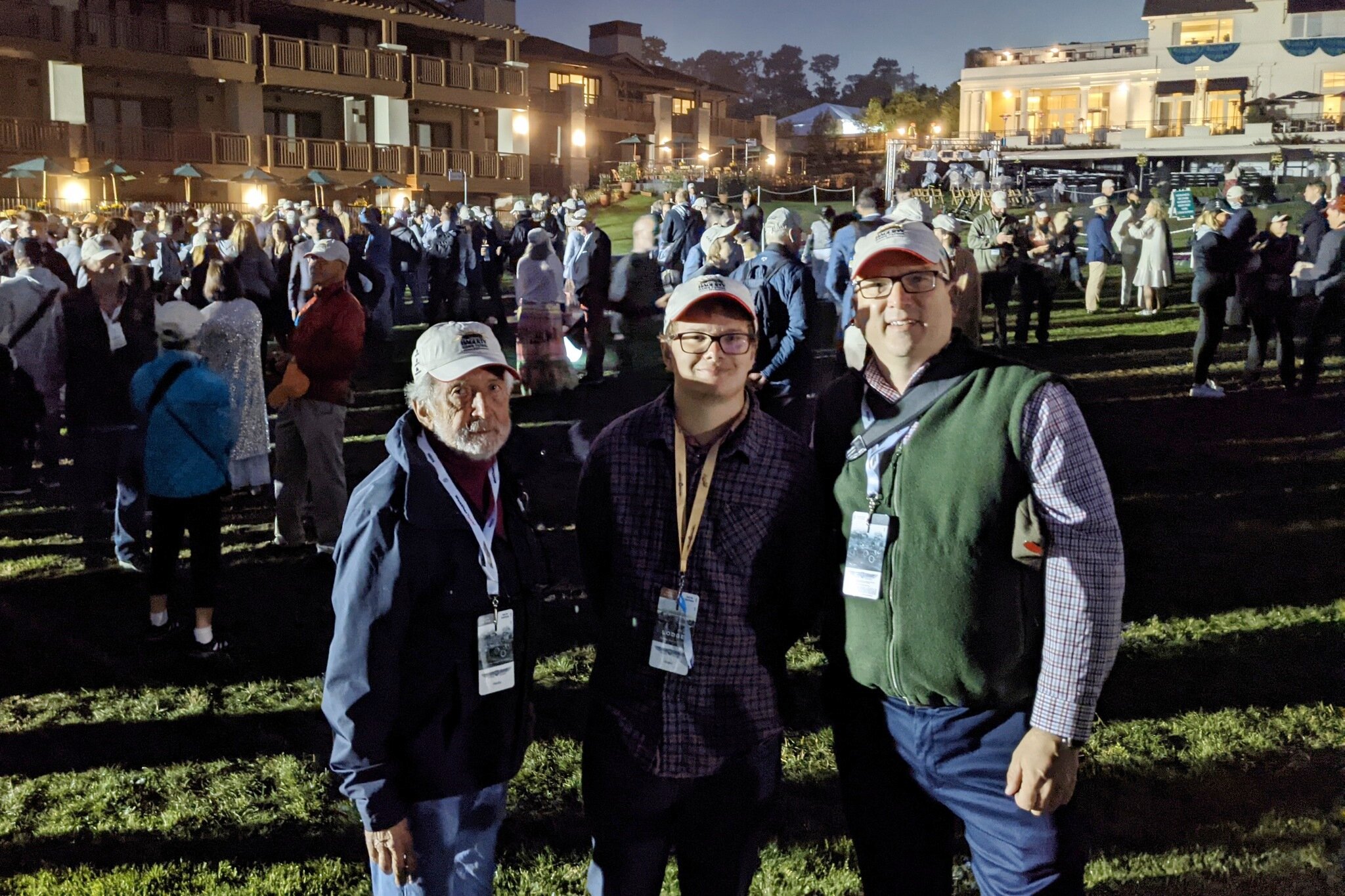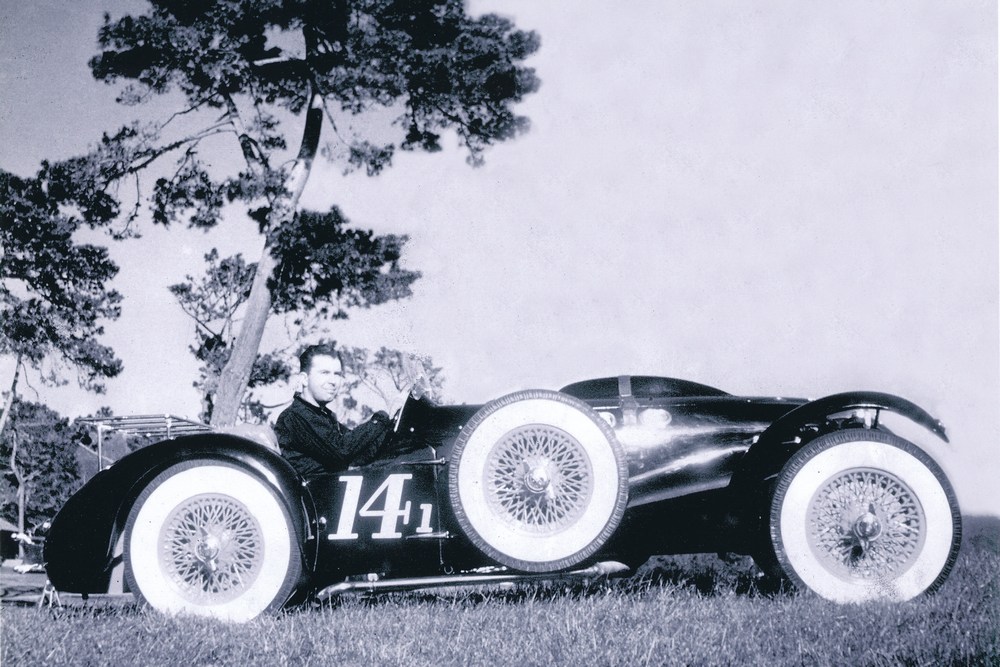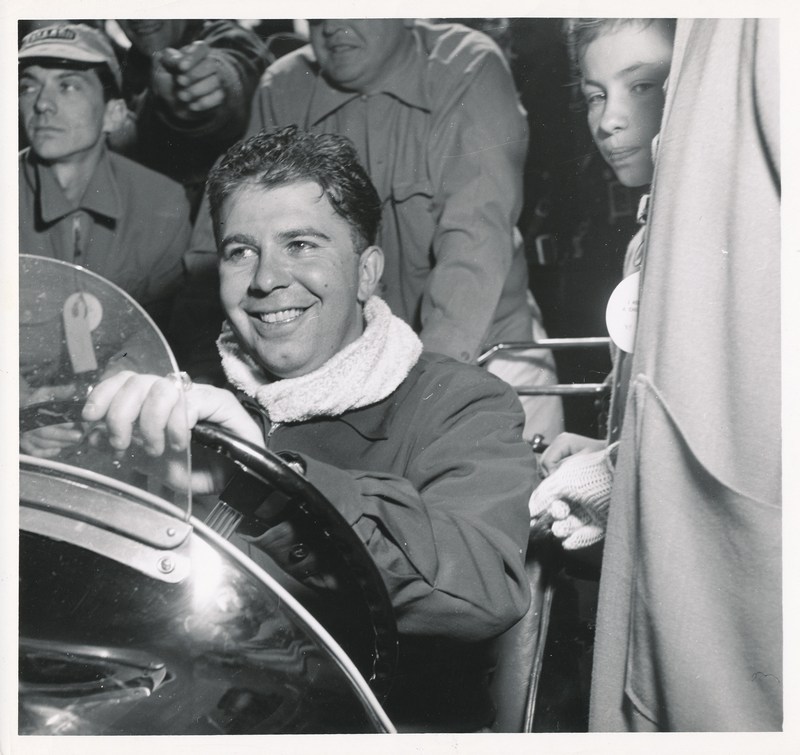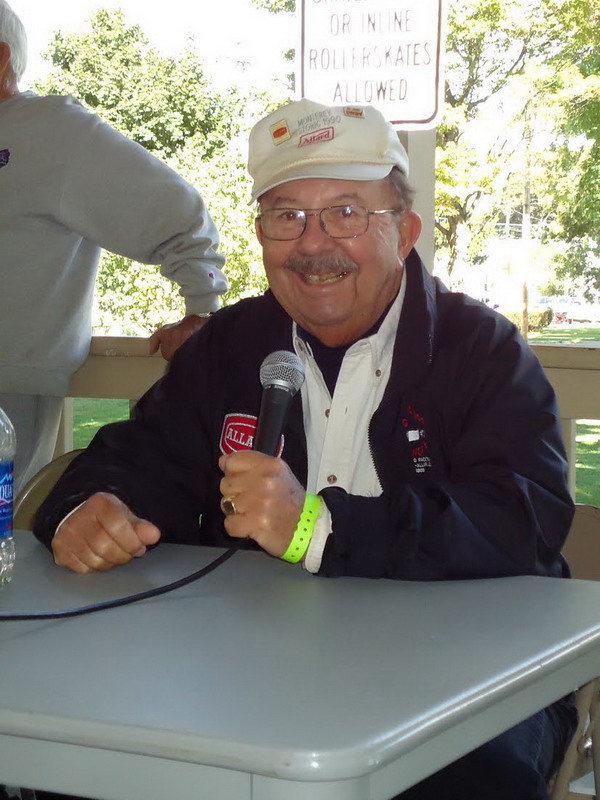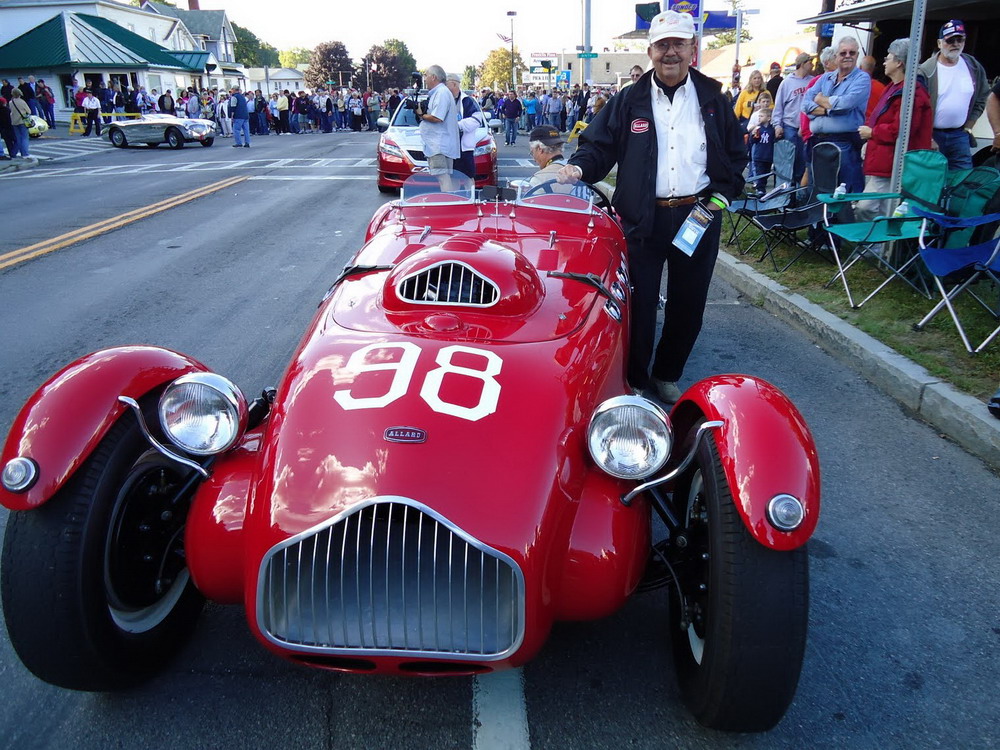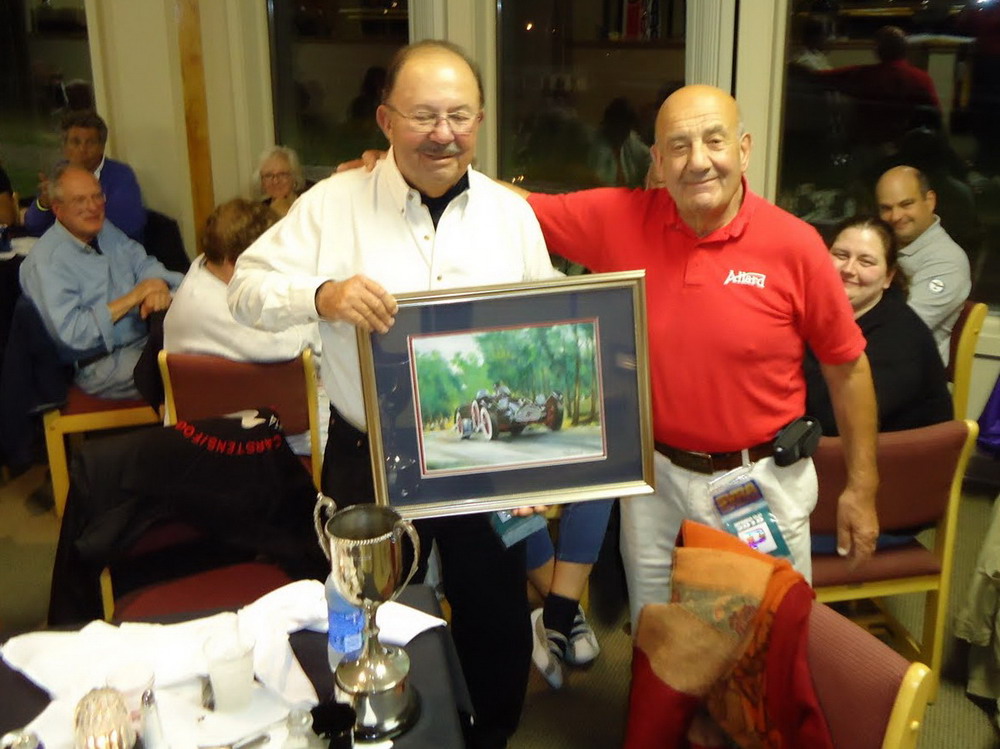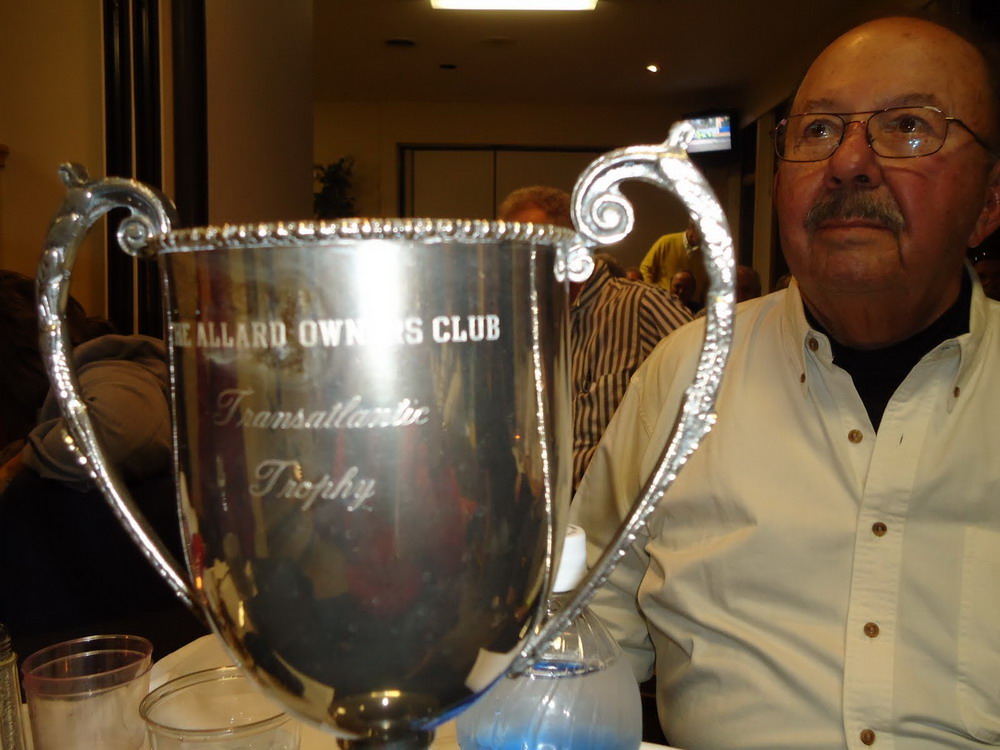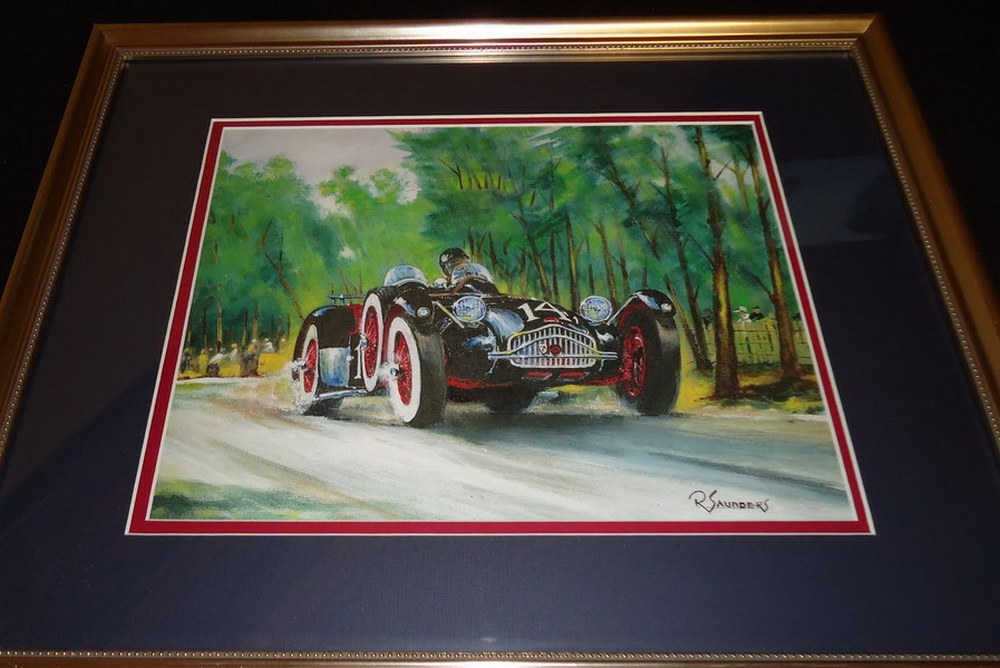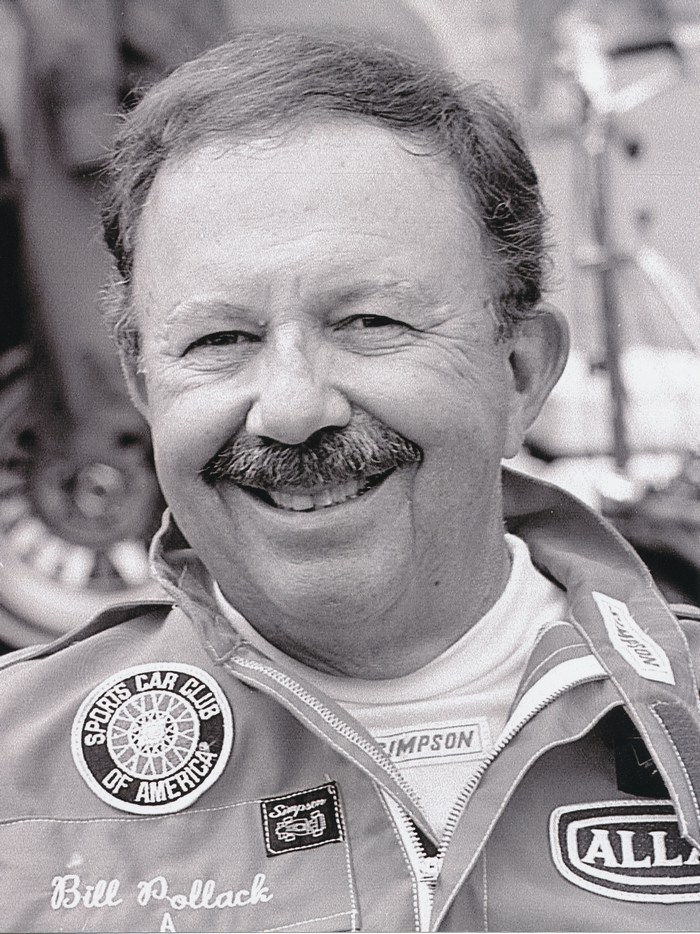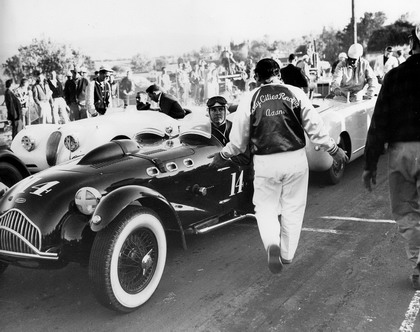Monterey Car Week - 2021
/Words: Chuck Warnes & Rob Manson
Photos: Colin Warnes
The 70th Anniversary celebration of the Pebble Beach Road Races and Concours d’Elegance kicked off with a press conference in the Concours Village before the start of the annual Tour d’Elegance. The backdrop was all five of the 50’s era Pebble Beach Road Race winners positioned in front of a 50-foot Celebration Display.
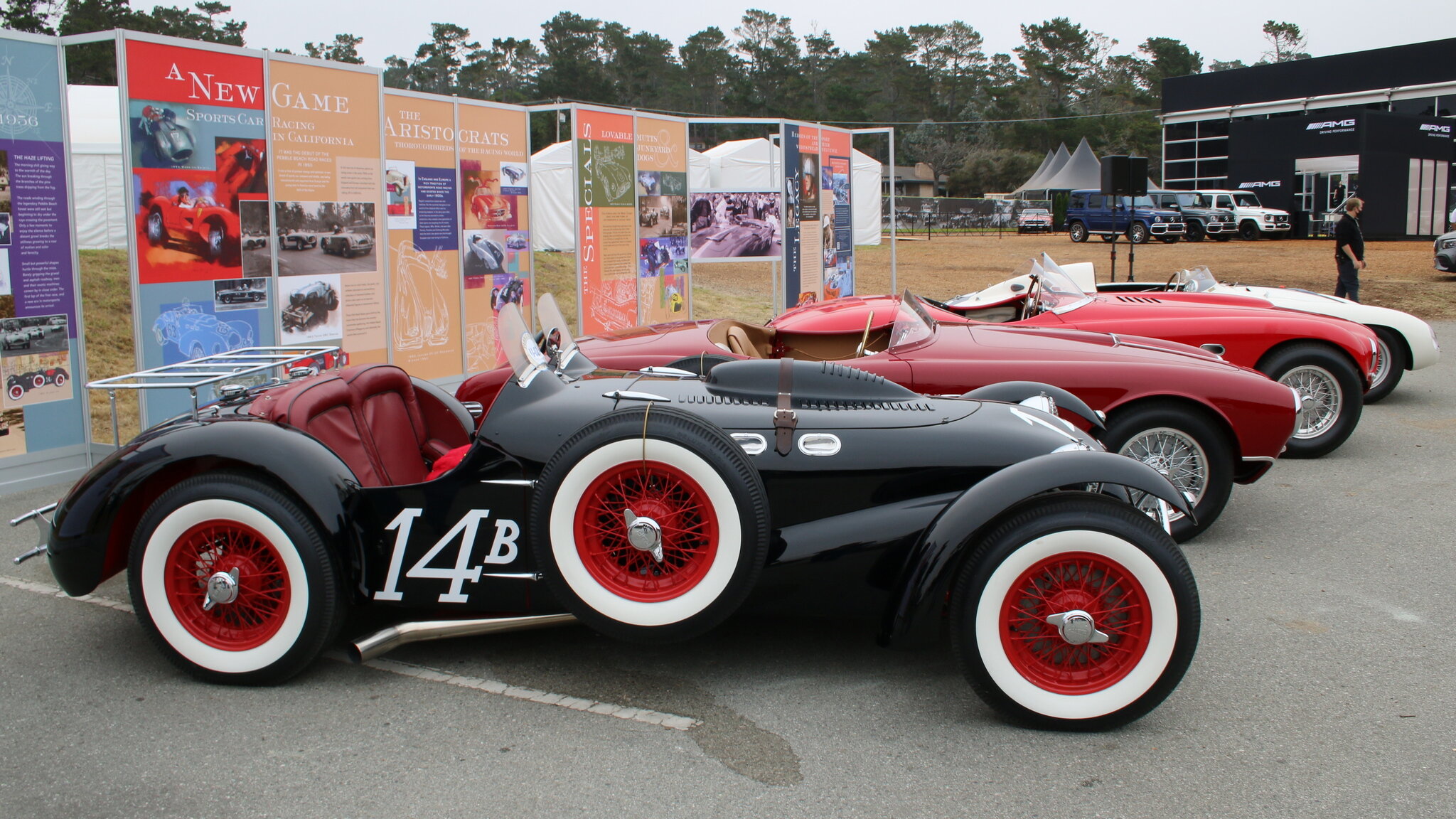
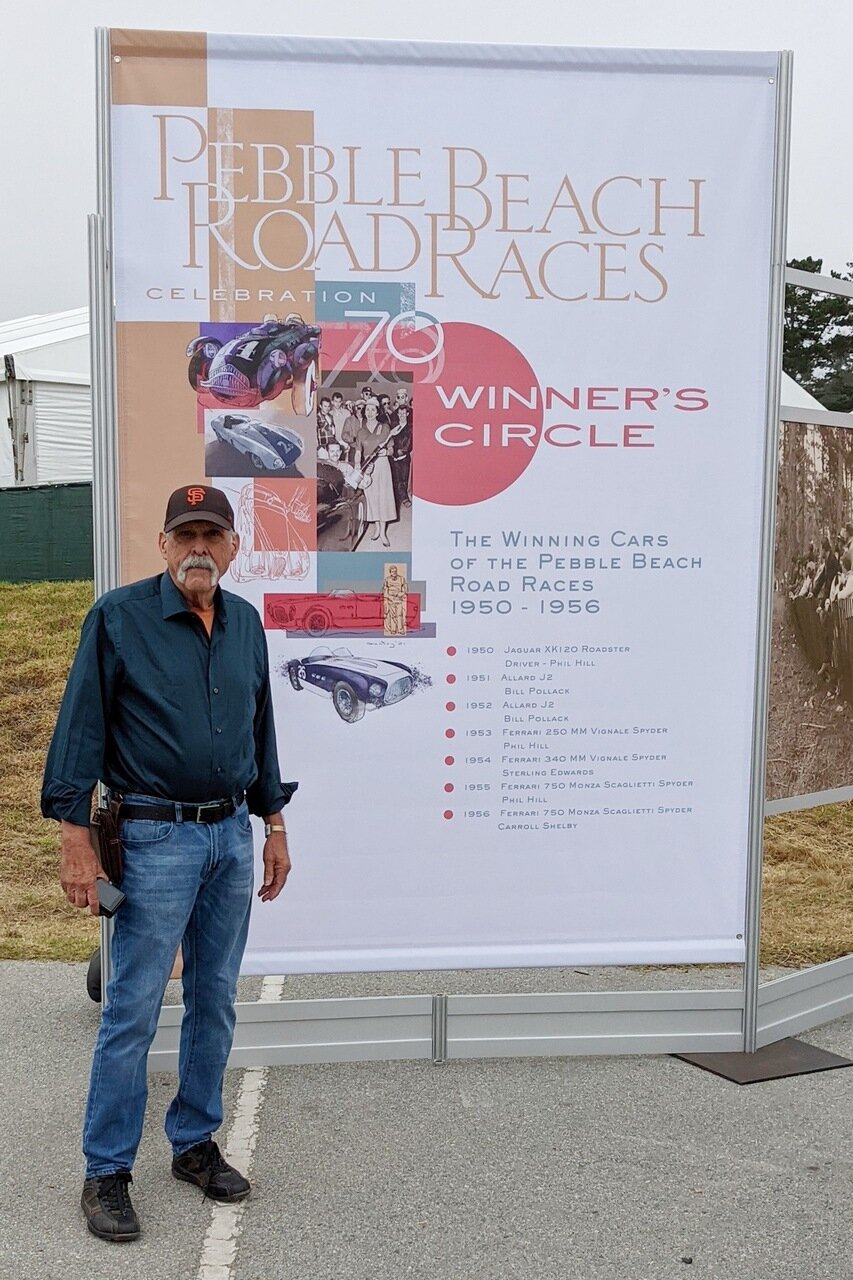
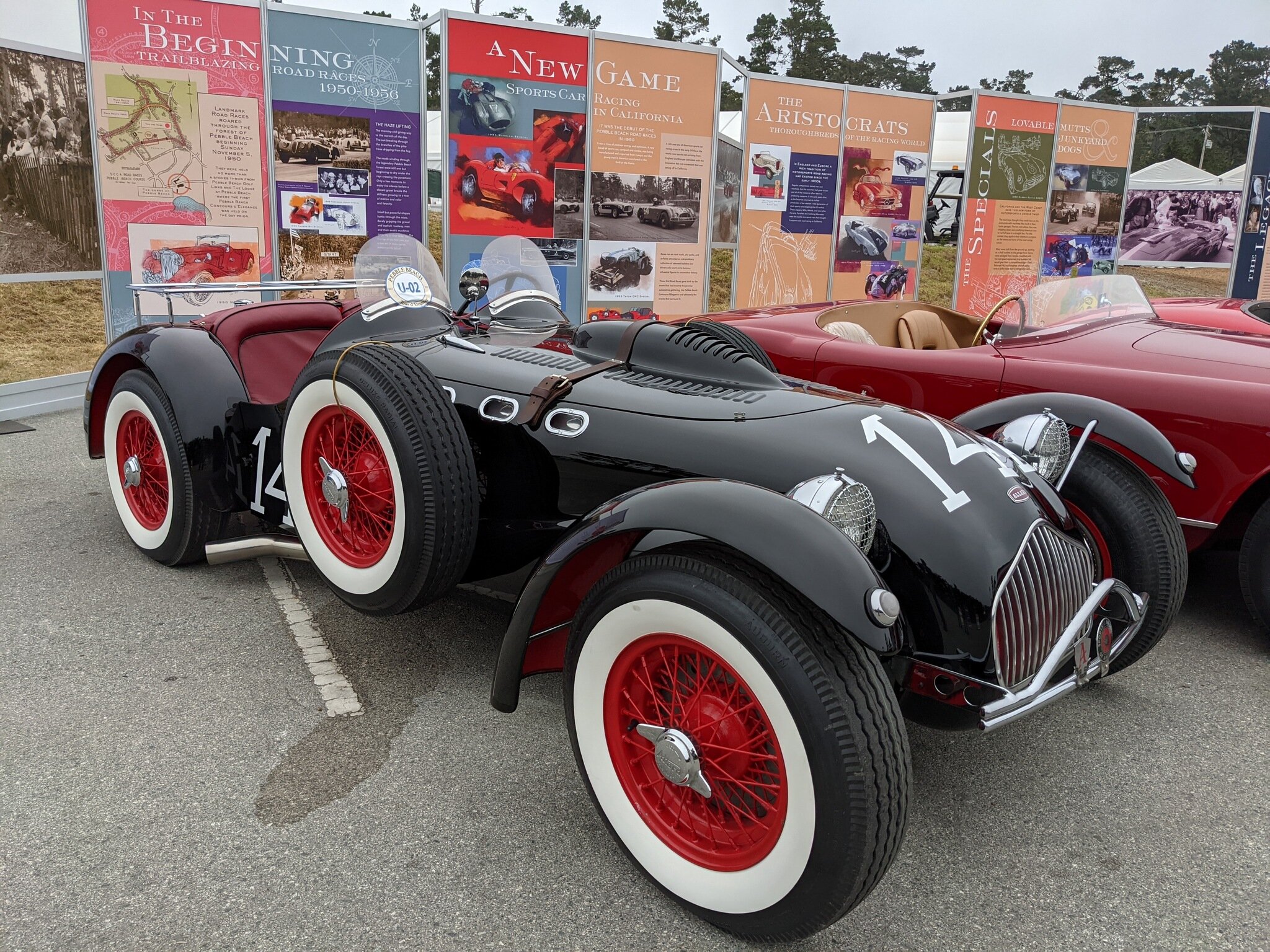
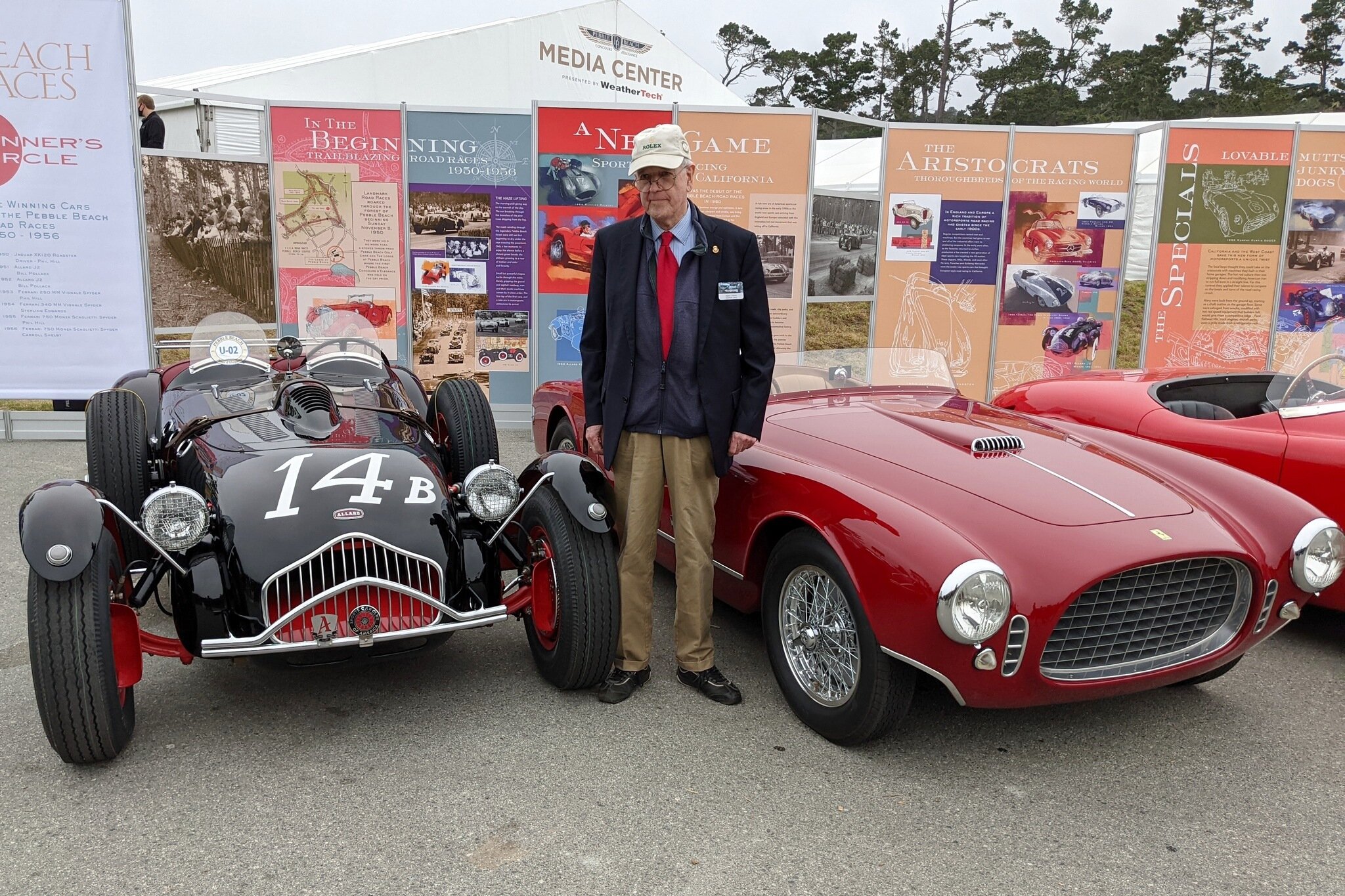
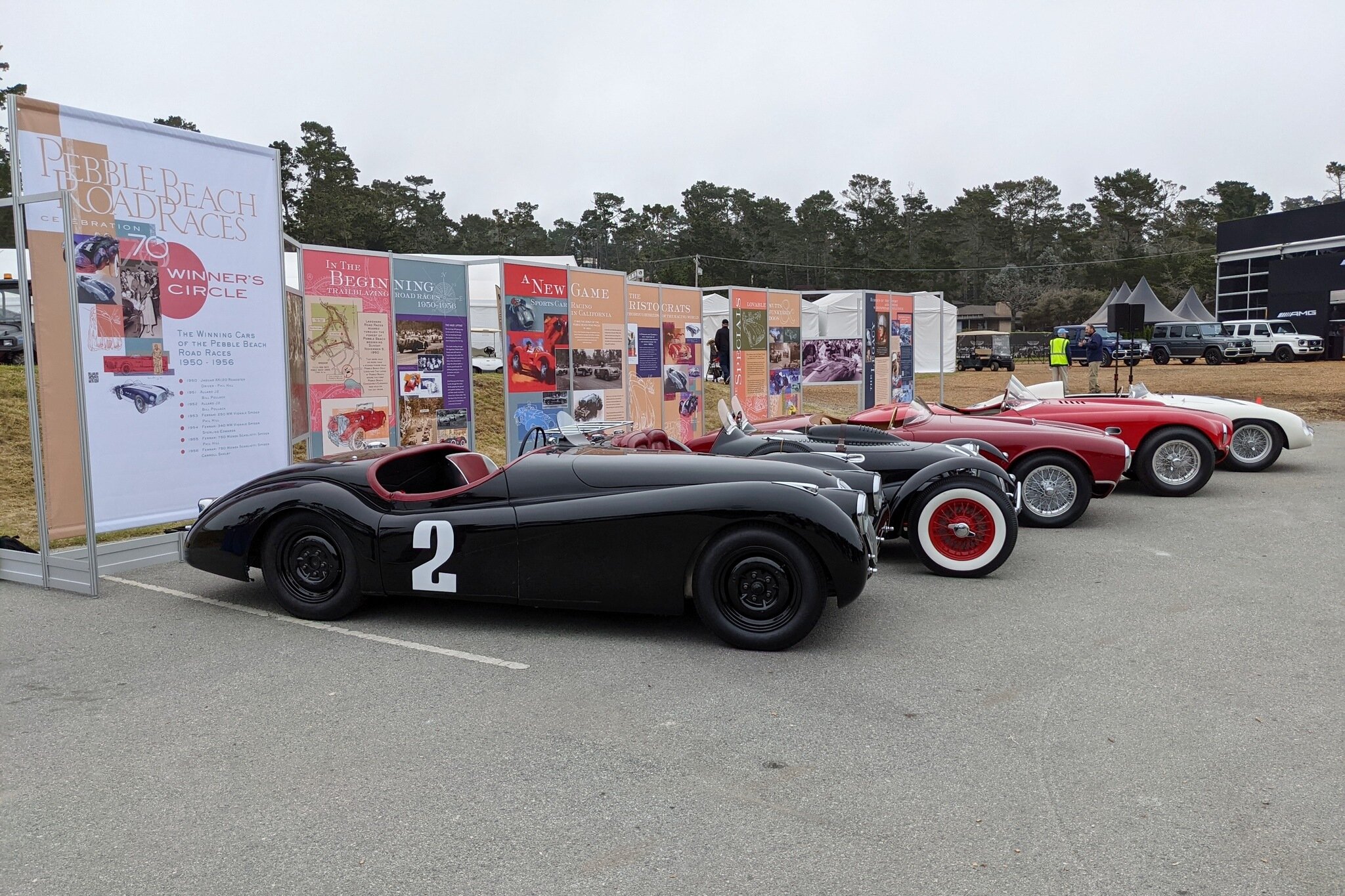

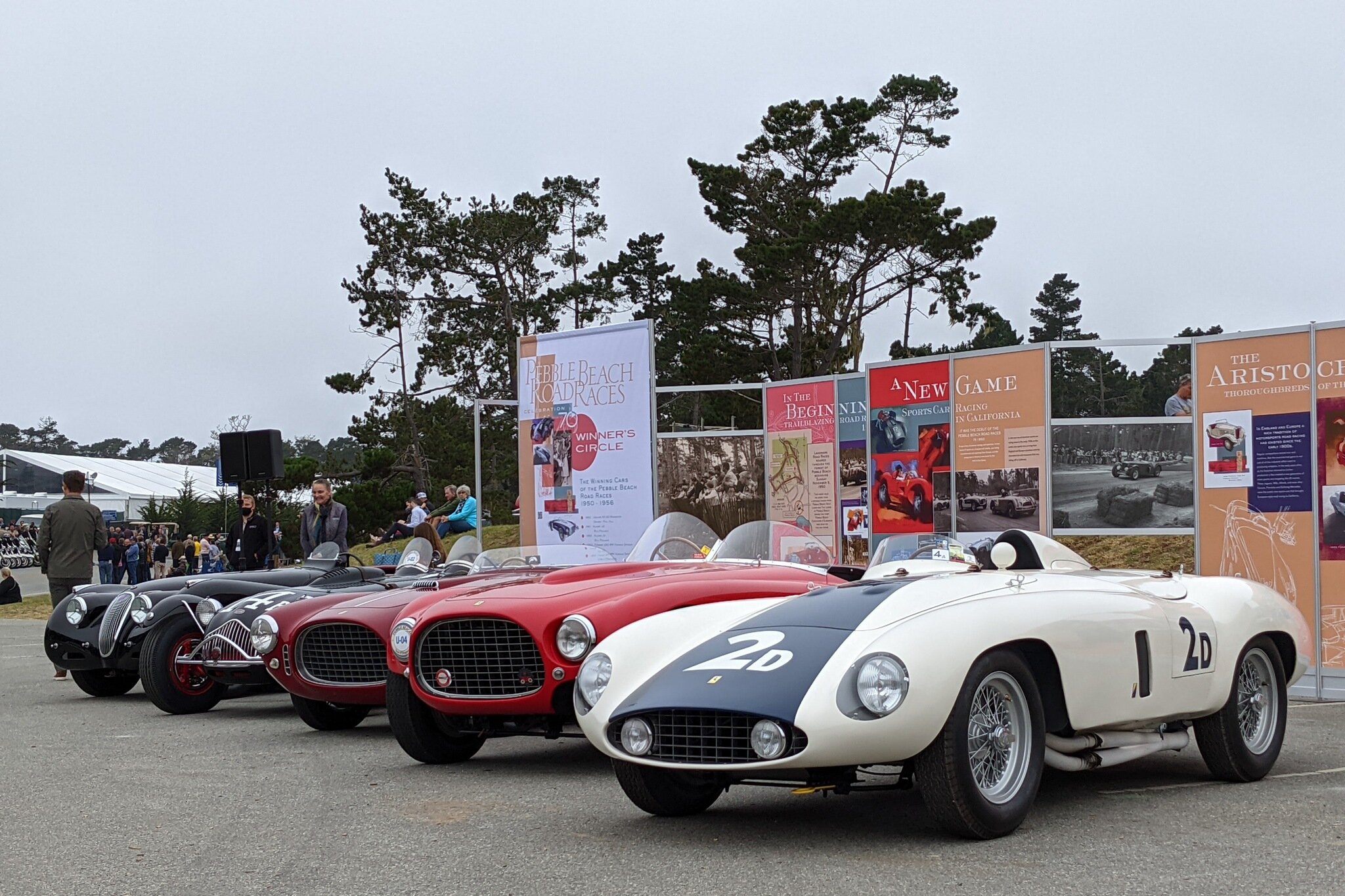

Sandra Button, CEO of the Concours opened this year’s event. Derek Hill, Phil Hill’s son, moderated and spoke of his father’s recollections of the inaugural 1950 race and his win in the Jaguar XK-120. Robert Devlin, motorsport historian, continued with details about the Bill Pollack Allard J2 (’51, ‘52), the Phil Hill Ferrari 250 MM (’53), Sterling Edwards’ Ferrari 375 MM (’54), and the Phil Hill and Carroll Shelby Ferrari 750 Monza (’55,’56) – as well as commentary on the historical importance of those early road races.
The Del Monte Trophy Race Group created two sets of Celebration Displays, the first for the Concours d’Elegance. The second was located in the Rolex Monterey Motorsports Reunion exhibit area at Laguna Seca. The Pebble Beach Road Race winners were on display in front of it on Saturday, and they did a few demonstration laps at the lunch break. Bill Pollack’s daughter Mellette was passenger in the #14 Allard.
A traditional highlight of Monterey’s ‘car week’ is the Pebble Beach Tour d’Elegance when about 150 of the Pebble Beach Concours entrants embark on a 60 mile tour around the Monterey Peninsula and the Big Sur coast before gathering for lunch on Carmel’s Ocean Avenue. Over the years this has become a true crowd pleaser where the general public is able to spend more than an hour mingling among the cars – right up close and personal. While the tour did resume this year, the cars could not gather on Ocean Avenue due to valid COVID concerns.
Out at Laguna Seca Raceway two Allards were again pitted with our friends at the Del Monte Trophy Race Group – a number of post WWII California-engineered hot rods that were built and raced in the spirit of Allard. They were – and still are - fast, and quite able to hold their own on road courses against the sophisticated cars from post-war Europe.
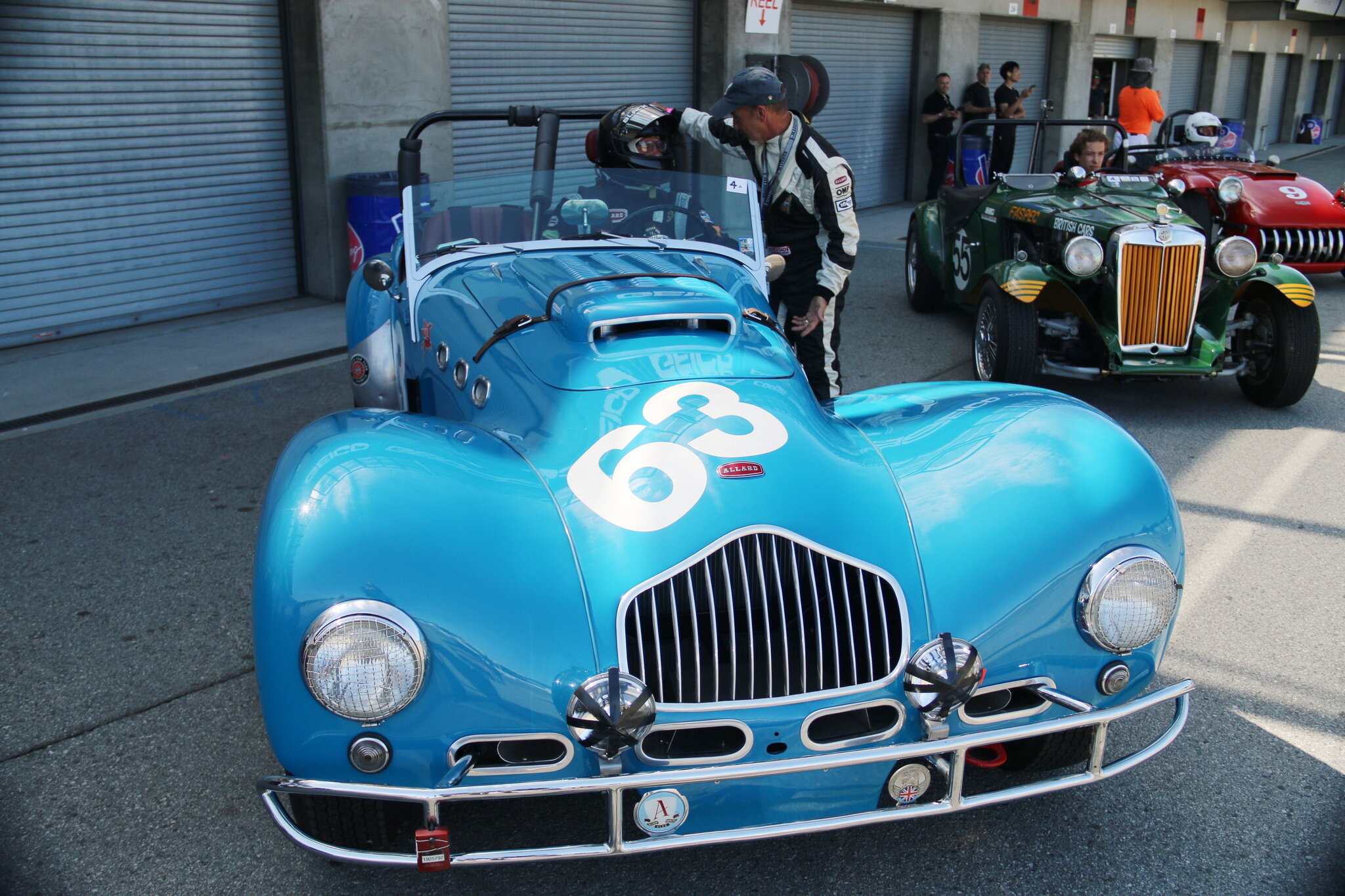
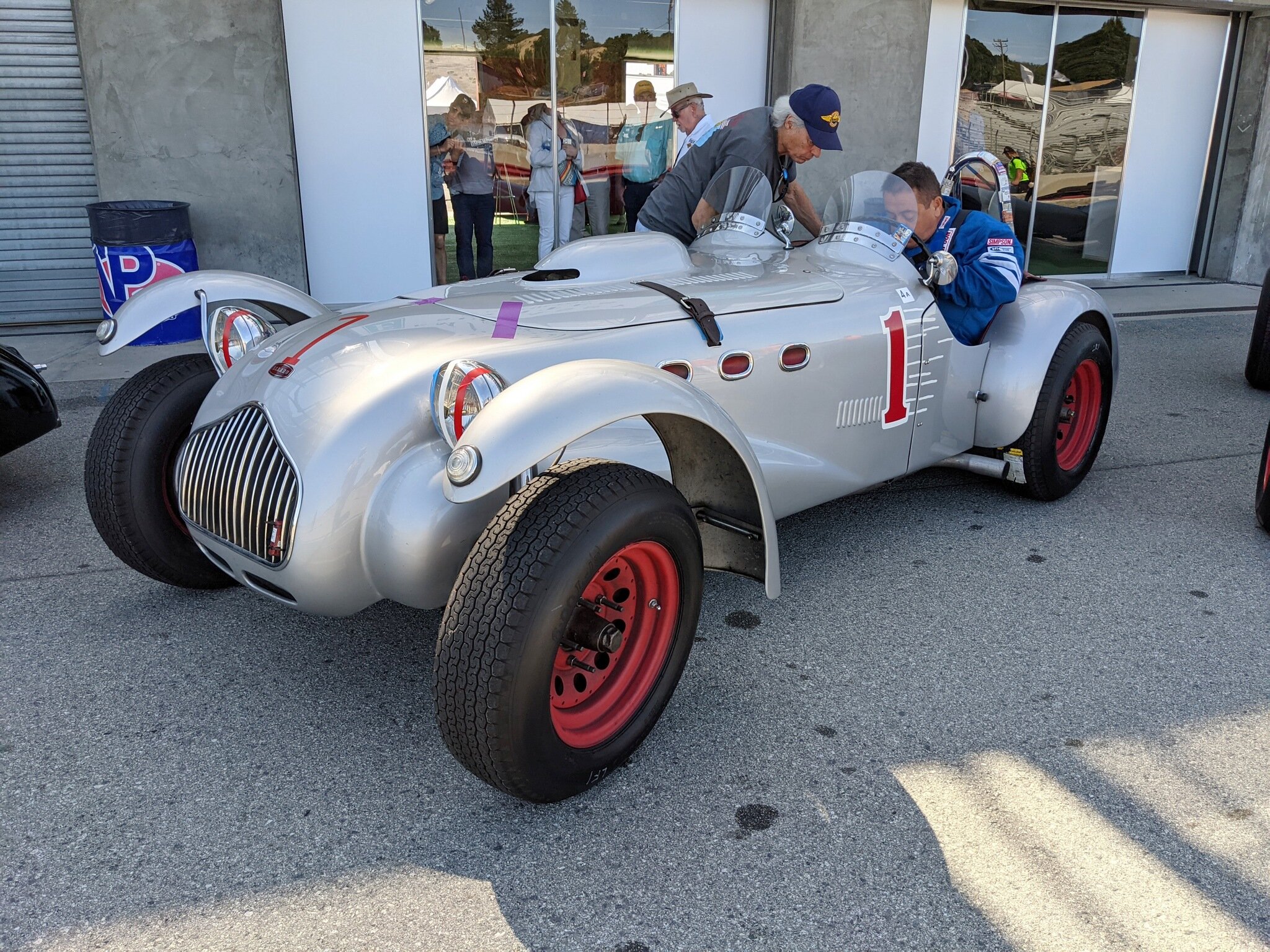

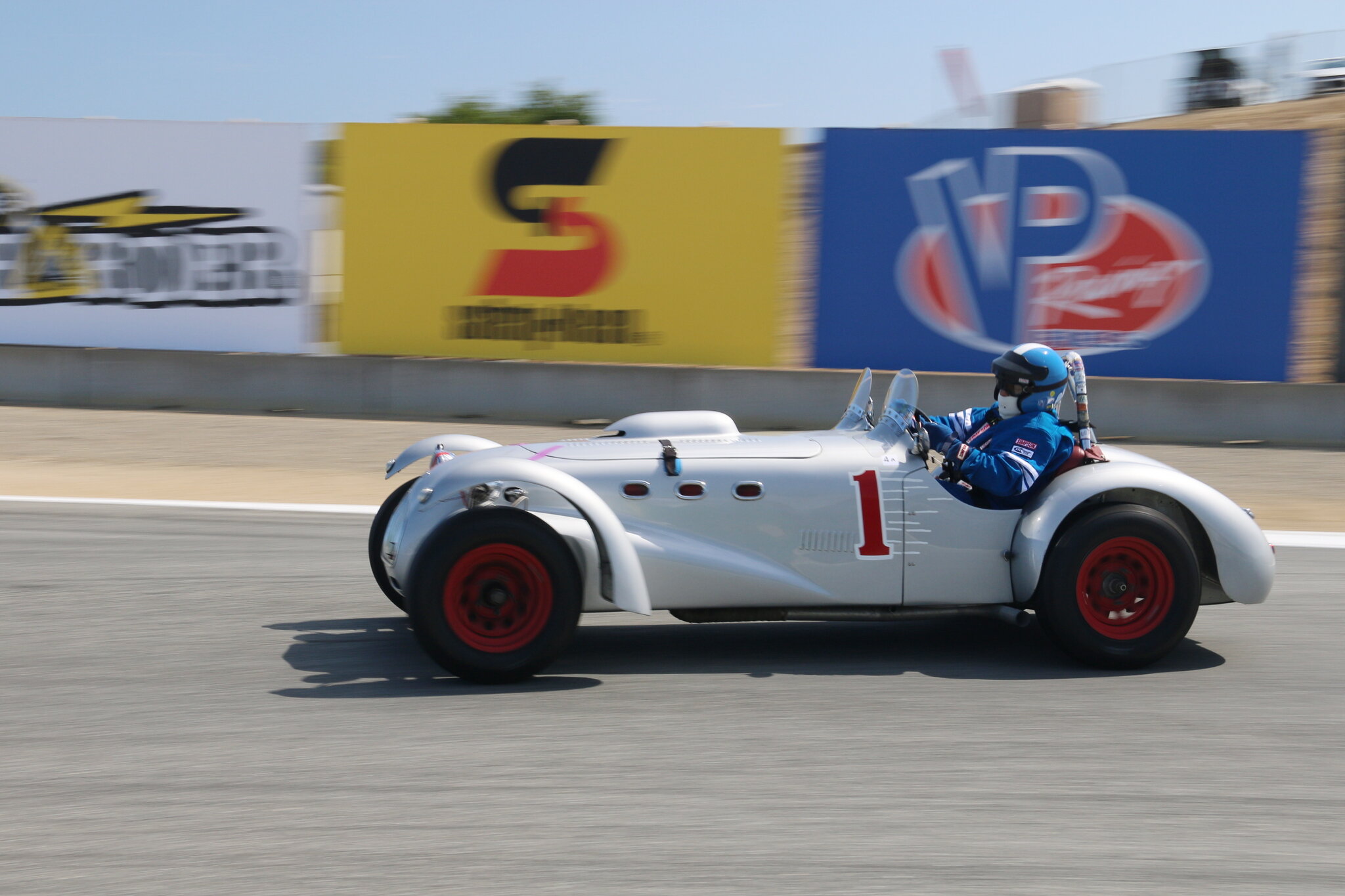


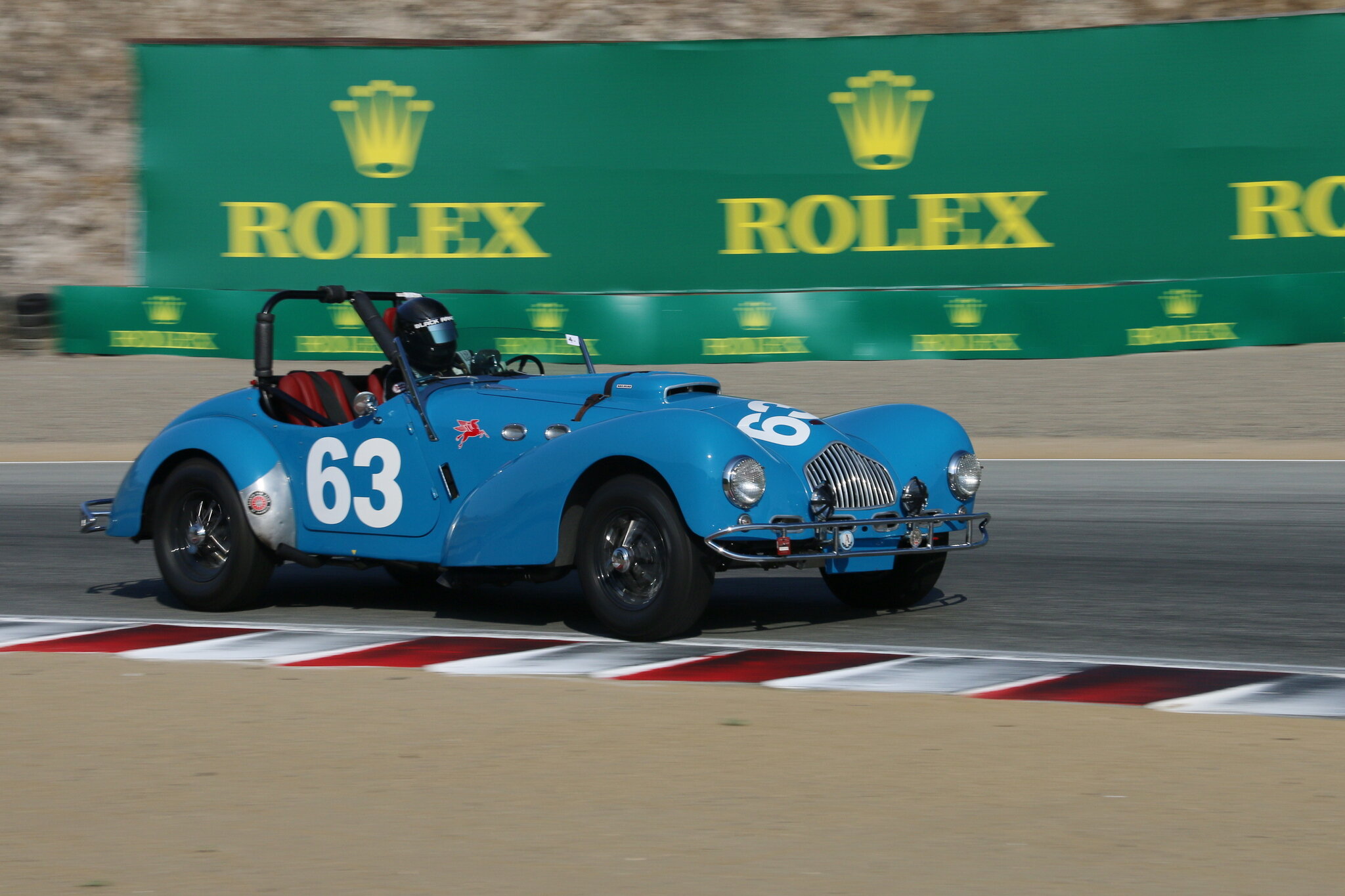



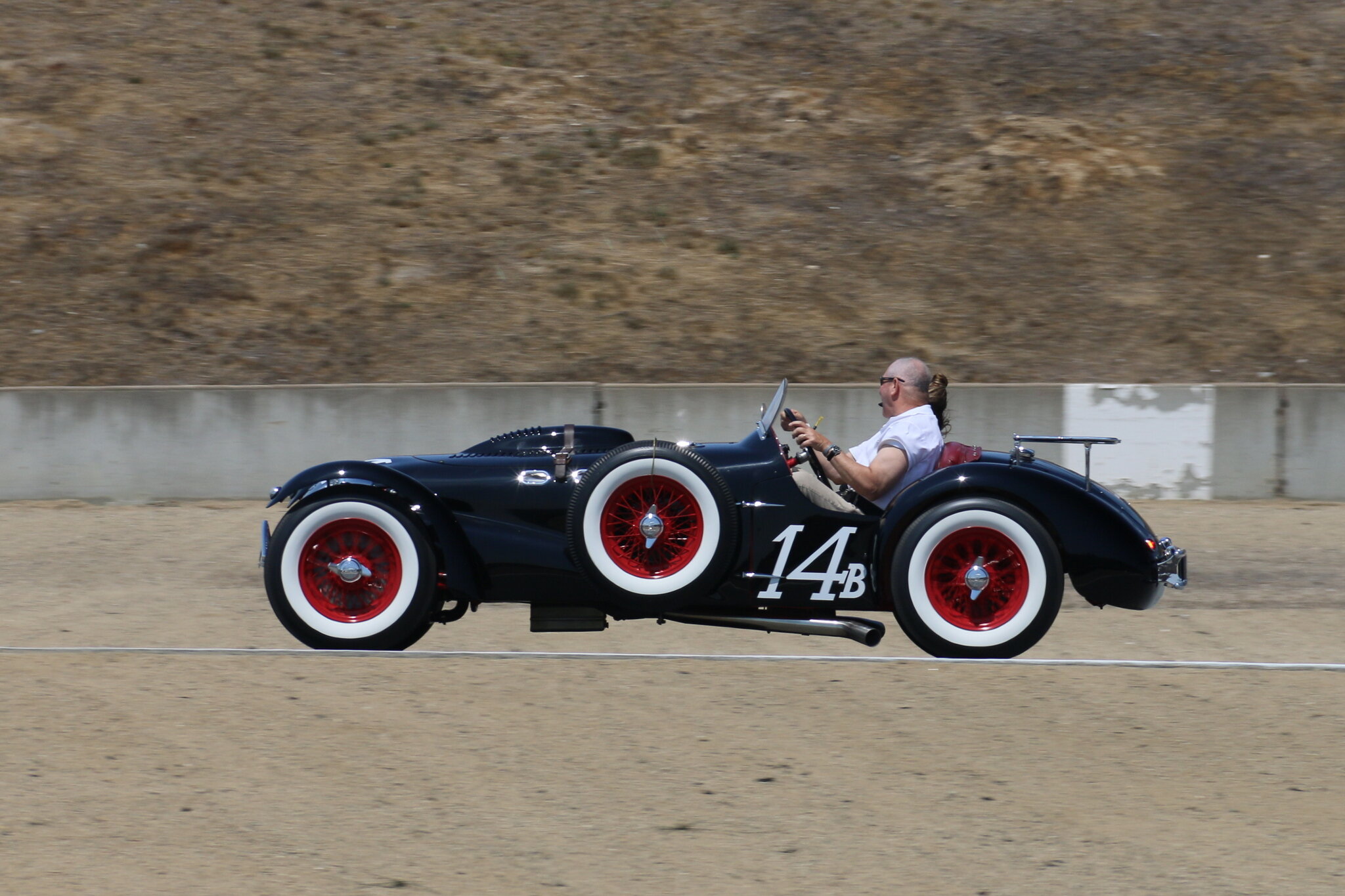

The track sessions were well-fought, exciting racing. Pollack, Hill or Shelby would not have driven those cars any harder when they were new - some 70 years ago. All the racing was done in a respectful, no-contact experience. Fun on a race track in a great old car is what vintage racing is all about. These ‘junkyard dogs’ raced against John Mote’s Buick powered Allard K2 and Bernard Dervieux’s Cad powered J2 in Group 4A at this year’s Rolex Monterey Motorsports Reunion. John continued his rivalry with three Jag XK120’s to cross the finish line in 9th place, with Bernard taking the checkered flag in 15th spot.
The auction scene saw three Allards cross the block with no reserve. A J2 sold at R&M Sotheby’s for $224,000, Bonham’s sold a J2 for $207,200, and an interesting J2X at Goodings brought $201,600. These prices, or course, led to some discussion about an apparent ‘softening’ of the market – and whether this is the beginning of a pattern, or a temporary phenomenon. On the bright side, one might speculate that this might signal that more Allards are becoming ‘affordable’ to younger folks who would want to put these cars to their intended purposes.
Sunday morning started off early with a trip to the Pebble Beach Concourse. Our credentials allowed us early entry (we arrived 4:45 am!) to kick-off Dawn Patrol where we got to enjoy donuts, coffee, free commemorative hats, and the best part…watching the cars drive onto the lawn. The best part of the show for us was getting to see the Pebble Beach Road Race winners lined up overlooking the ocean; most prominent (to us) was Tom Carstens and Bill Pollacks #14 J2-1850. It can’t be forgotten that without those five race cars, there would be no Pebble Beach Concours, RMMR, or the myriad of car events that make up the week-long spectacle that is Monterey Car Week.
